Pop culture is all about the best and the most popular fandoms in Hollywood, and one of the prominent parts of that world is James Cameron’s ‘Terminator’. A classic in the sci-fi genre, this movie changed the way people saw action and science films. Developed by Cameron based on a dream he had about a machine coming out of the fire unscathed (which could also have been a Targaryen!), Arnold Schwarzenegger’s eccentric feasibility with the character of a deadly robot became a story that will never cease to amaze you, no matter how old it is. With a plot line that still demands a proper resolution (because time travel is never easy, not even on paper!) and action legacy that continued to inspire many other filmmakers, ‘Terminator’ series is a must watch, at least the first two of them. If you haven’t seen it yet, stop here, and come back only when you can say “I’ll be back” in T-800’s voice. Until then, “hasta la vista, baby!”.
Judgement Day: Plot Summary
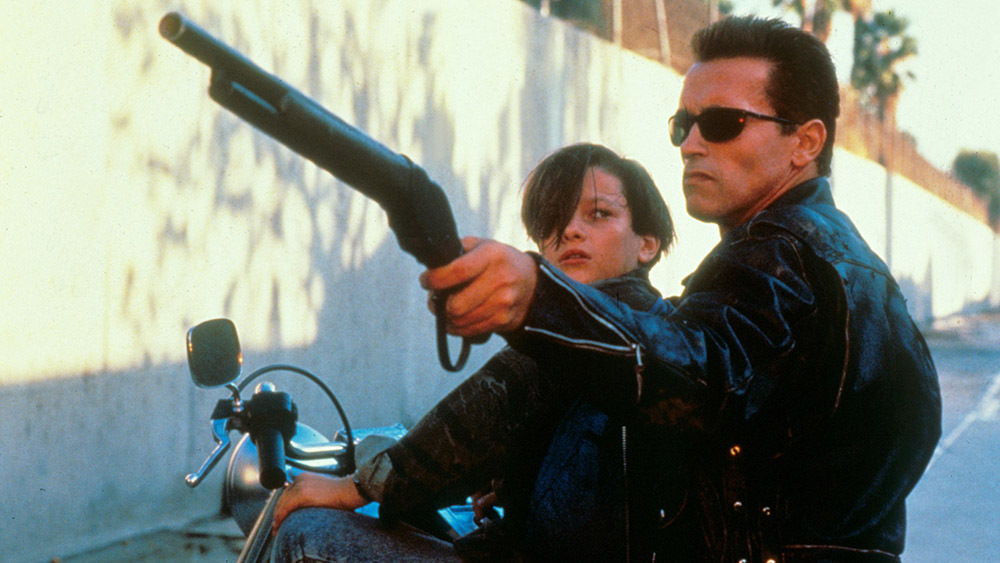
After the events of the first film, Sarah Connor is the only one who knows the fate of the world. The last film ended with her being pregnant with John and driving South. For the second film, one would have expected to see her raising her son for the day he’d have to take the responsibility of saving the world. But we see a completely different picture. John is in a foster home and Sarah has been put into a mental institution. Here’s how they ended up in these places. Even though Kyle had told her that she raised John to be the fierce leader, Sarah was just another normal girl. She knew what was about to happen and if she wasn’t ready for it, how could she prepare her son? So, she started hanging out with people who could help them. Special forces, army men, arms dealers, Sarah mingled with any and all and took the knowledge of combat, firearms, stealth, whatever would be necessary to teach John. As he grew up, she passed on the knowledge.
Despite turning him into a badass kid, Sarah was also aware that she was taking away his childhood, something that keeps bothering her throughout the film. The only way she could give it back to him was to stop the people who would hand over power to artificial intelligence in the first place. In one such attempt, she broke into a secret lab, but before she could do anything, she was caught. She tries to explain the end of the world theory to everyone, but, expectedly, no one believes her. They think of her as a common loon and send her to an asylum. As for John, he was just a kid. They told him that whatever theories his mother had fed him were a lot of horse-dung and that he should purge himself of that and learn to live a normal life with his foster parents. John believed these people and harboured anger towards his mother for leading him into this lie. But that was until all she said came true. When not one but two Terminators come looking for him, John is forced to confront the reality: his mother was right all along.
Sarah’s Character Arc
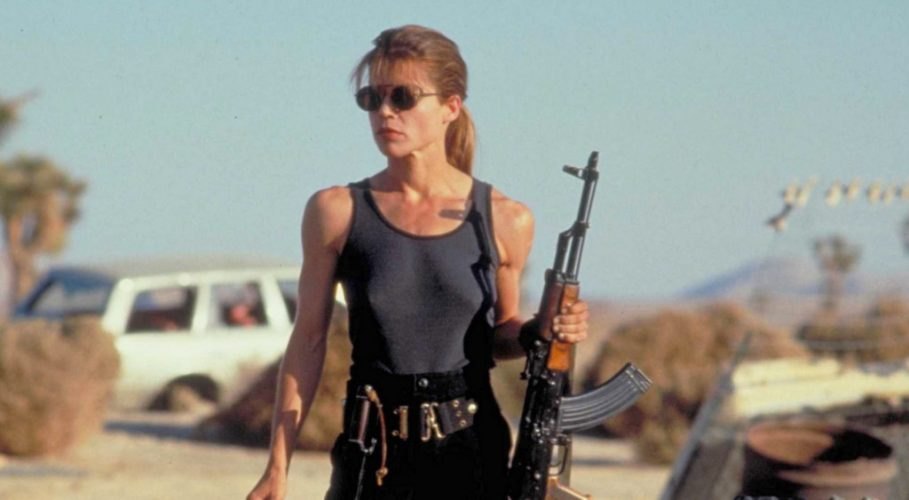
What made ‘Judgement Day’ better than its predecessor was that it allowed more space to its characters and let them grow out of their shell. Unlike the last film, where only the timeline brought some complexity to the film, the characters being the straightforward form of themselves, this film relied a lot on the arc its characters took by the end. For example, the Sarah we saw in the last film, and the Sarah we encounter in this one are completely different from each other, almost like they are different people! This Sarah has been hardened by experience and the only goal of her life is to train and protect John so that he can fulfill his destiny.
Time and again, Sarah scolds John for being reckless, for getting himself in danger, even if it was for saving her. She doesn’t seem like his mother at all. She seems to be his bodyguard; she forgets that John is still a kid. To her surprise, it is the Terminator who teaches her the value of their relationship. As she watches him and John grow close to each other, she realises how much her son has been missing, especially in the father department. While other kids play with toys and laugh around, her son handles guns and hacks passwords. Her motherly love for John increases with every passing moment and by the time we reach the end, we know that the ice between them has thawed and maybe she’ll allow herself to be good to him; not just protect him, but also love him.
The Ending, Explained
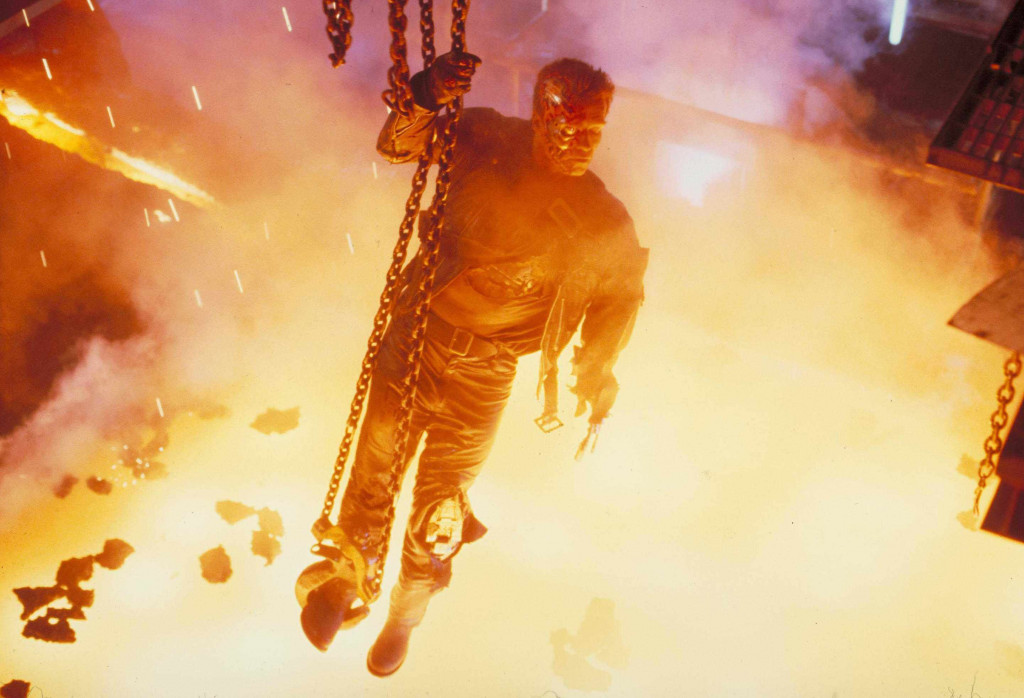
In the end, T-800 completes his mission, the one that he was sent for from the future. He kills the other Terminator who had been sent to kill John and succeeds in destroying all trace of future technology from Skynet’s lab. Now, the only thing remaining for him to do is to destroy himself because he is the only future technology left now. Now, here is where things get interesting. At the beginning of the film, T-800 had mentioned that one of the things he was programmed to do was to follow John’s orders, which is exactly what he does throughout the film. But then, in the end, John doesn’t want him to die and repeatedly orders him not to do so. But the robot has become so aware now that it doesn’t affect him as his commands did in the beginning. This isn’t a stupid “stand on one leg” command.
So then, how is he able to overrule that? How can he not follow the order when it is one of his primary functions? The answer is that the robot is beginning to learn. John teaches him human things like “don’t kill everyone”, what crying means and how humans work. In one of the scenes, T-800 mentions that his “CPU is a neural net processor, a learning computer”. This means that he is learning. So, does him disobeying John at the end means that he had actually evolved? Had he taken his first steps towards being human? In one of the deleted scenes, we see Sarah and John carve out T-800’s scalp and take out his CPU. Then John reprograms it from read-only to read and write. The thing is that when Skynet sent them back, they programmed them to be read-only. But with the new modification, his learning abilities are enhanced, which means more chances of becoming human.
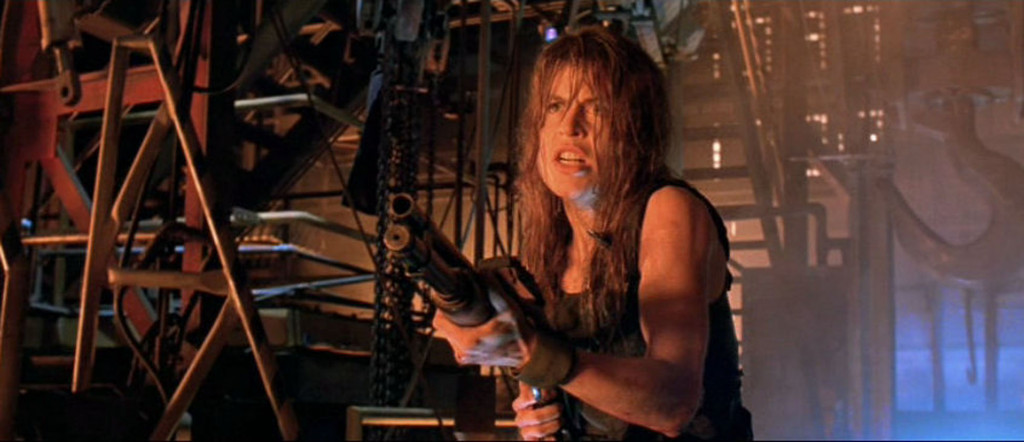
After both the Terminators are burnt to a crisp in the smelting chamber, Sarah and John make their way out of the factory and drive out, god knows where. The voice-over by Sarah suggests that even though the future is still vague because they just changed it (or maybe it was always supposed to be that way), they know that their job is not over. There’s a chance that a Terminator will be sent back to finish the job, but they’ll make it through.
In the end, Sarah says, “if a machine can learn the value of human life, maybe we can too”. This further makes me think that Arnold Schwarzenegger, I mean T-800, really had started to evolve. What does that mean for the advanced models? T-1000 was a lot more advanced than T-800, and it was only a prototype. Does it mean that along with the extra perks that his update brought him, humanity was also included in the package? The argument that he still continued to be bad and didn’t stop to think that he was killing innocent people is just irrelevant here. Don’t buy into the human arrogance that becoming human is always a good thing. There is an evil side of humans, maybe T-800 evolved into that!
Alternate Ending
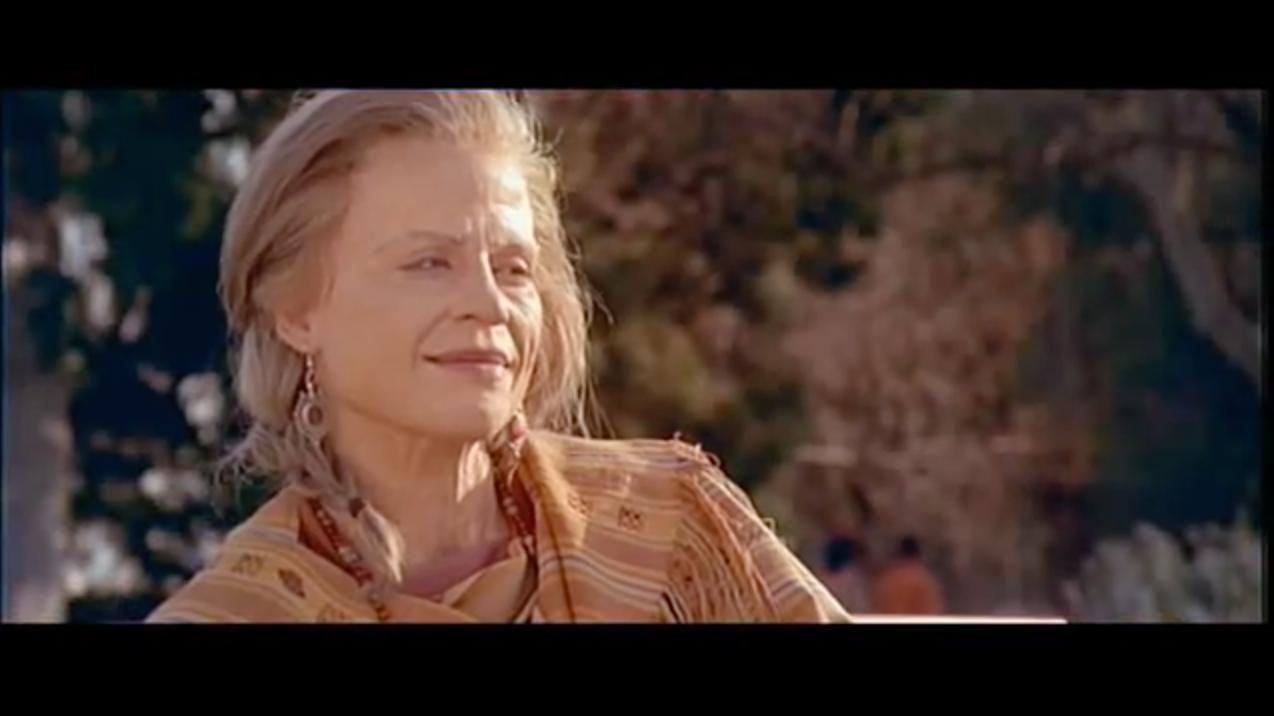
Editing is a very cruel process. How do you choose what to keep and what to let go? Hours and hours of footage is lost in the process, and we never get to know about the scenes that would have changed our whole understanding of the story. You wouldn’t want to miss the scene where T-800 learns to smile. Wouldn’t you want to see Kyle return, even if it’s in a dream? Wouldn’t you want to hate T-1000 more because after he failed to lure John to his foster parents’ house, he killed his dog? There are a couple more of such scenes that you wouldn’t want to miss. Do get hold of that extended version.
If a film doesn’t bring you proper closure, then it means that it is laying the ground for a sequel. This is exactly the feeling I got after finishing ‘Judgement Day’. The ‘Terminator’ franchise had gained a reputation for itself by then and it only seemed obvious to continue the story. However, James Cameron wasn’t thinking along this line, originally. In an alternate version, there is a completely different ending to the film, something that would have concluded the series then and there and we wouldn’t have had to sit through the next three films. In this version, after T-800 sacrifices itself, Sarah’s voice-over begins.
However, it is a bit different and in a different surrounding than the one we saw in the theatre release. Here, we see her in a park, the same park she dreamt about when she thought of the apocalypse. There are kids playing, running and jumping around happily, while an old Sarah, really old, at least in her 80s, sits on a park bench and admires the world around her. They succeeded in wiping off any and all future tech and thus Skynet never got the chance to build its technology. The world was saved and no one even knew of it. A little girl comes running towards Sarah and we know that it is her grand-daughter. She then continues her monologue where we discover that they are still fighting to not allow anyone else to attempt the blunder in the name of advancement. This is achieved by John’s position in Congress. Yes, he is a Senator now! He’s the inside man in the government to stop them from ever passing a law that would put their future in the hands of artificial intelligence.
With this ending, the scope for sequels would have died instantly. However, there would have been bigger problems, especially about John’s birth. If they saved the world, the Judgement day never happened, the robots never took over, then that means that Kyle Reese was never sent back to 1984. He never met Sarah and she never had John. So then, this John is a paradox, who should have disappeared the moment T-800 sacrificed itself! Perhaps, Cameron realized it and decided to give the audience an open ending, giving them hope for another film and him a chance to rectify any timeline mistakes he would have made earlier. But then, Cameron never returned to make these films and we were left with movies that never managed to live up to the potential of the first two in the series. Hopefully, the reboot, ‘Dark Fate’, which has ignored all other films after ‘Judgement Day’, just like we did, might redeem the series.
Read More in Explainers: Jacob’s Ladder | Total Recall | Saw

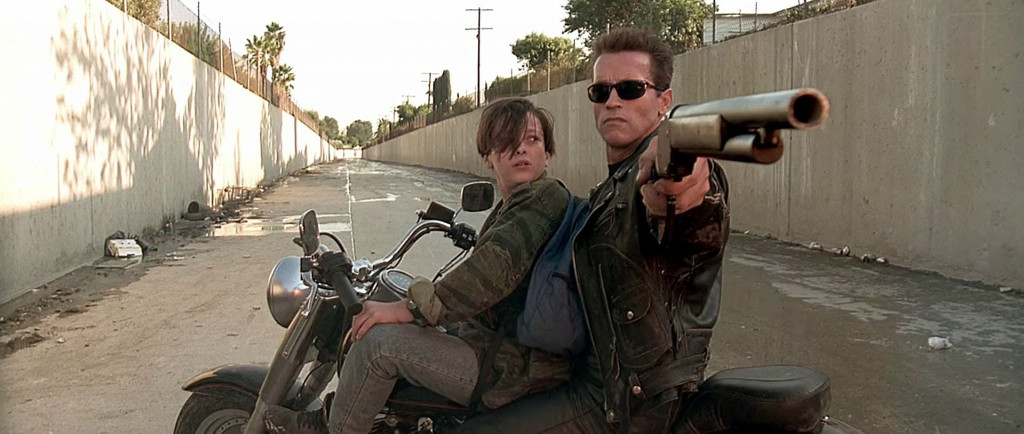
You must be logged in to post a comment.